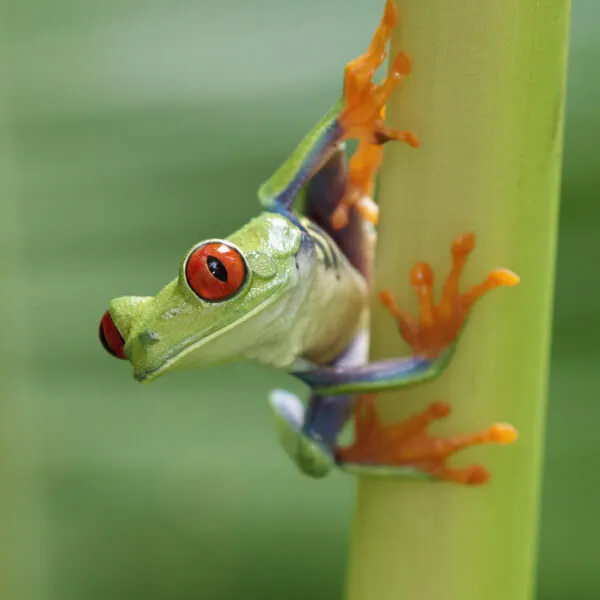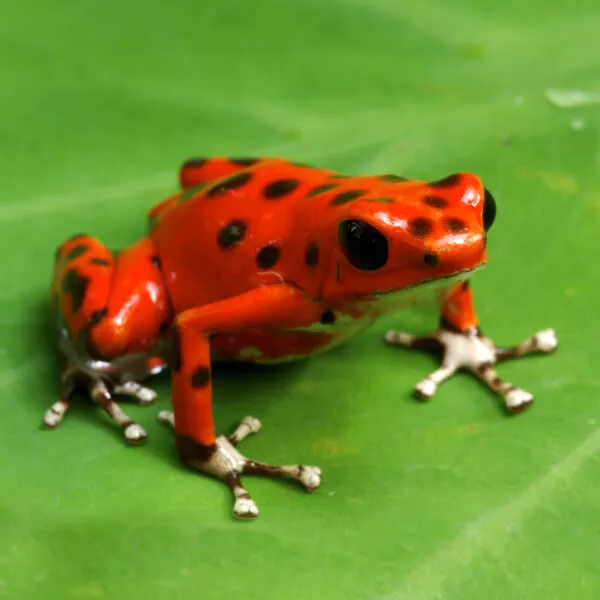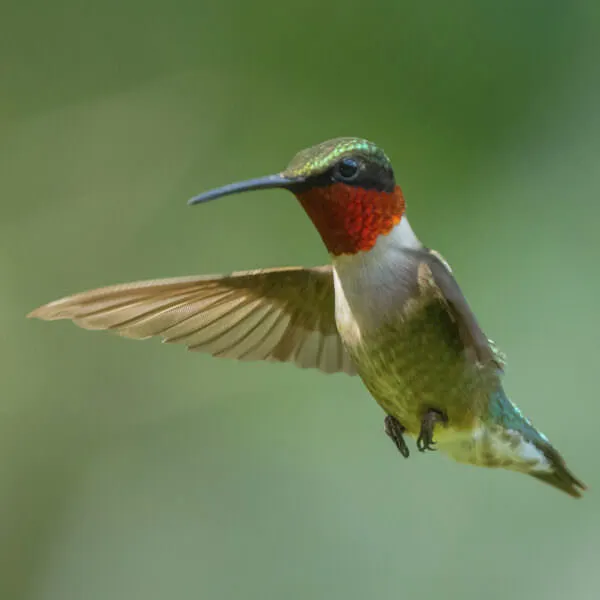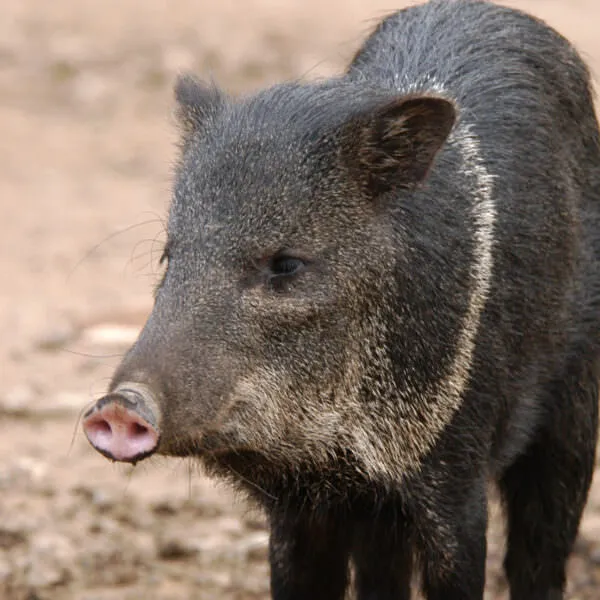Anatomy
The northern glass frog, or Fleischmann’s glass frog, is a small tree frog that averages between three-quarters of an inch to one and a half inches (20 – 32 mm) in length. The name “glass frog” is derived from the white, translucent skin on its belly, where the frog’s beating heart and other organs are visible. Elsewhere, its skin is generally pale green with small, yellow suction pads on its fingers and toes. The frog has a short snout and gold irises.
Like many other species of glass frogs, the northern glass frog is nocturnal and spends its days hidden under leaves and among branches. At night, it ventures out to hunt and search for a mate. Males emit a distinctive mating call which increases in volume as they age or become more dominant. The glass frog prefers to lay its clutch of 18 to 30 eggs on the underside of leaves or branches near running water. Males stand guard over the eggs to protect them from predators and keep them moist. When the eggs hatch, the tadpoles drop into the stream or river below, where they develop into frogs.
We're All In
Together, we're building a future where people and nature thrive. Sign up today and join our movement...
Habitat
The glass frog is an arboreal frog, meaning it lives almost exclusively in the trees. It’s sometimes found on low hanging branches near or around running water where it lays its eggs. The glass frog is found in humid montane forests throughout Central and South America including Belize, Costa Rica, Colombia, Guatemala, Honduras, Mexico and Panama.
Diet
While little is known conclusively about its diet, it is believed to be similar to the diet of many small frogs, consisting of flies, spiders and other small invertebrates.
Threats
The Northern glass frog is one of the most abundant species found in Central and South America. However, due to its arboreal nature, habitat loss from deforestation and human activity is a threat.
Sources
- Jukofsky, Diane. Encyclopedia of Rainforests. Connecticut: Oryx Press, 2002.
- AmphibiaWeb
- University of Michigan Museum of Zoology



